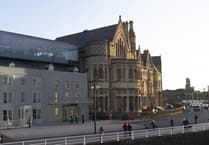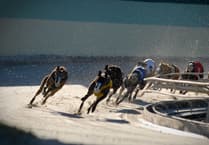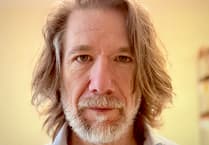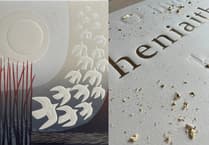Researchers from Aberystwyth University believe photographs may hold the key to unlocking people’s unspoken politics.
The Senedd in Cardiff Bay held the last in a series of photography exhibitions across Wales on Wednesday, 22 May, called ‘Framing the Future: Photography from Wales, Scotland and Catalonia’ by the Centre for Welsh Politics and Society.
The exhibition featured a collection of 46 photographs by 35 photographers across three nations.
The exhibition has also been hosted at Aberystwyth, Caenarfon, and Ynyshir, Rhondda and remains at the Civic Centre Lleialtat Santsenca in Barcelona until 31 May.
For exhibition curators and researchers Dr Elin Royles and Dr Anwen Elias, the hard work of analysing the data from photographers – and from the exhibition visitors – will now pull together their final findings on the power of photographs to start difficult political conversations, particularly around the constitution.
Part of the Senedd exhibition included a discussion between the researchers, participating photographers, Richard Jones and Hayley Thomas, and award-winning journalist and author Will Hayward, who has previously written a book on independence, to discuss the power of creativity to tap into people’s political standpoints.
Dr Anwen Elias, a member of the Independent Commission on the Constitutional Future of Wales, said: “Photography is a powerful tool in providing a more rounded understanding of what’s going on, and to help determine to what extent emotion dictates people’s standpoints on issues like independence.
“Most people don’t have these conversations and this offers up a really important opportunity to contribute to national conversations in all three nations.”
Speaking at the Senedd, Photographer Neil McGuff from Aberystwyth commented on the methodology behind the research: “If you were to ask me a question about independence, I would answer you and you would all go away with hopefully the same conclusion.
“By presenting a picture, you will all go away with five different interpretations of that picture.
“So, you’ll have five different opinions, rather than one. And then you can actually make that six, as we put our own interpretation on there too.
“So, you end up with a much broader interpretation of a single question.”





Comments
This article has no comments yet. Be the first to leave a comment.